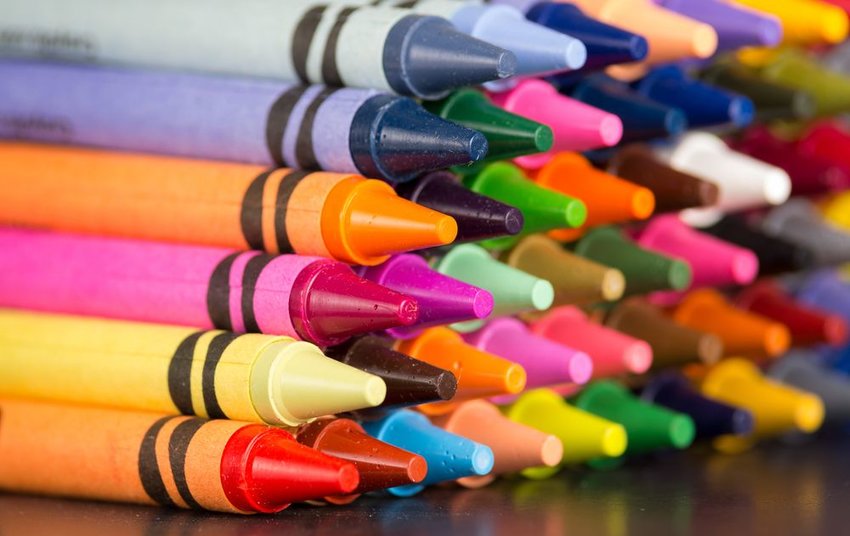Colors are all around us, and there's a hundred million shades both natural and manmade. Yet outside of primary and secondary colors, can you name even 50 shades from the millions that exist?
Unless your work overlaps with color theory (or you’ve memorized your box of Crayolas), you can’t.
The everyday English speaker bases their color descriptions on 11 basic color categories: yellow, green, blue, purple, pink, red, orange, brown, black, gray, and white. An object falls into one color category, or it becomes an amalgamation — reddish-yellow or red-orange — of two or more.
These common categories are the easiest way to communicate a description, especially when you throw in adjectives like light and dark to further specify a color’s shade.
But with a full spectrum of colors out there, it’s high time we put face (color) to name. We’re going beyond turquoise, indigo, teal, magenta, and the like. Here are eight colors you’ve definitely seen, but never had a name for.
Drake’s-Neck
You might think of Drake the rapper, but his neck isn’t this rich, bottle-green color. Rather the name refers to a male mallard, which is also called a drake. The shade was first replicated as a dye in the early-18th century.
Drunk-Tank Pink
Turns out this particular shade of pink has been proven to reduce hostile, violent, and aggressive behavior, making it the perfect shade to paint holding cells. The official name of this color is Baker-Miller Pink, named after the directors at the Naval Correctional Facility where research concerning this color was done.
Eburnean
Instead of painting your walls ivory, off-white, eggshell, pearl or beige, try eburnean. This yellowish-white has a Latin name that simply means made of or relating to ivory.
Falu
Falu is a shade of dye often used in deep-red paint. Think of the quintessential red barn door. Historically, the pigment was originally found in the mines of Falun, Sweden, which is presumably where it got its name.
Gamboge
This pigment covers a range of yellow from deep saffron to mustard yellow. The easiest reference is to picture the robes of Buddhist monks. The natural dye is sourced from the gum resin of various Southeast Asian trees.
Gooseturd Green
Yes, this was a real color name coined during the Elizabethan era. Like Drake’s-Neck, this color is bird inspired, and is a deeper reflection of a bird’s anatomy. You will probably recognize this bright, light green as the color was specifically used in fashion as part of sensationalistic marketing tactics, in an effort to attract customers.
Puke
When something is described as puke colored, the mind runs to green, yellow, or even greenish-yellow. In this case, the official color puke refers to a dull, dark-brown shade. In 16th-century England, this word had no relation to bodily fluids, and high-quality wool was called puke.
Razzmatazz
Here’s a fun name for a bright, bold color reminiscent of a mix between raspberries and roses. It was invented in 1993 by Crayola, which first introduced it in the Big Box, containing 96 crayons. It was named by five-year-old Laura Bartolomei-Hill in Crayola’s Name the New Colors Contest.
